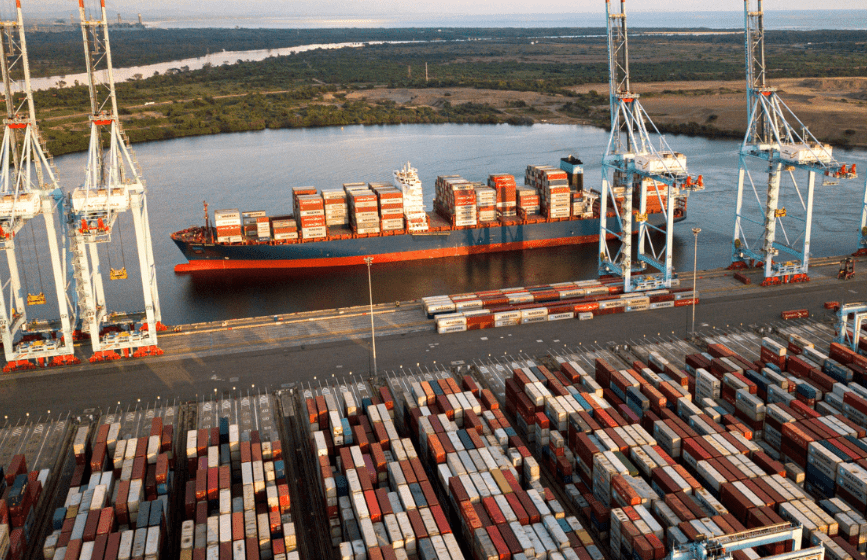Neither Brazil nor Mexico has been able to articulate an integration agenda to increase intraregional trade in Latin America and the Caribbean.
In 2022, this trade shows one of the lowest levels of integration in recent decades.
Of the total imports that Latin America and the Caribbean made in 2022 (1 trillion 524,000 dollars), only 14.95% originated in the region.

According to Luz María de la Mora, former Secretary of Foreign Trade of the Mexican government, neither Brazil nor Mexico, the large economies of the region, have had the interest or the vision to lead a true Latin American integration project.
On the other hand, integration has been politicized according to the political sign and ideology of the region’s governments.
«When governments have coincided in their political vision, agreements have advanced, but when the opposite has occurred, differences prevailed over the pragmatism that should guide integration», added De la Mora, in an analysis published by ECLAC.
Intraregional trade
The region has forgotten what economist Raúl Prebisch pointed out in 1969 that economic cooperation could constitute a «solid basis for political unity», but the concept of the Latin American market is independent of any «concept of political unification» in that «the common market does not have a political design» and integration should not be politicized.
But it has become politicized and, in De la Mora’s view, this has made it difficult to keep the focus on the ultimate goal: to achieve an integrated region that acts as a catalyst for growth, development, job creation and welfare.
History
In 1960 it promoted the creation of the Latin American Free Trade Association (LAFTA) and in 1980 it encouraged the creation of ALADI through the Montevideo Treaties of 1960 and 1980.
The constitution of the latter was carried out «with different instruments and a substantially different global and regional reality» from the one that allowed the creation of the first association.
LAFTA sought to create a free trade zone, over a 12-year period (later extended to 18 years), through negotiations between member countries to achieve the gradual elimination of tariffs and non-tariff restrictions.
Subsequently, in 1980, LAFTA was transformed into LAIA «when the objective of creating a free trade area could not be achieved within the established period» and it was proposed to establish a Latin American common market «without predetermined goals or timetables, within a flexible framework, and by opening the possibility of creating bilateral and subregional relations.

